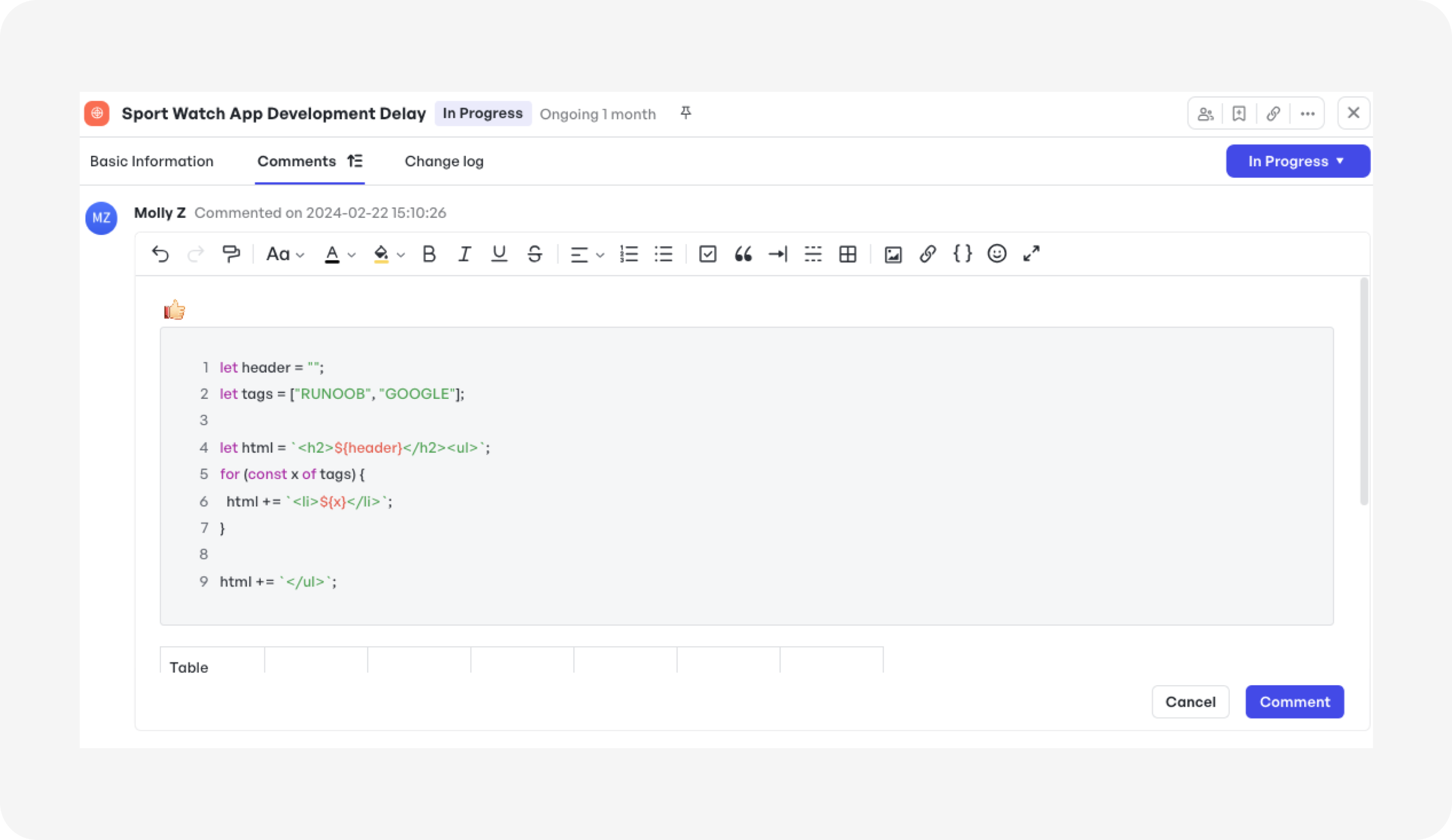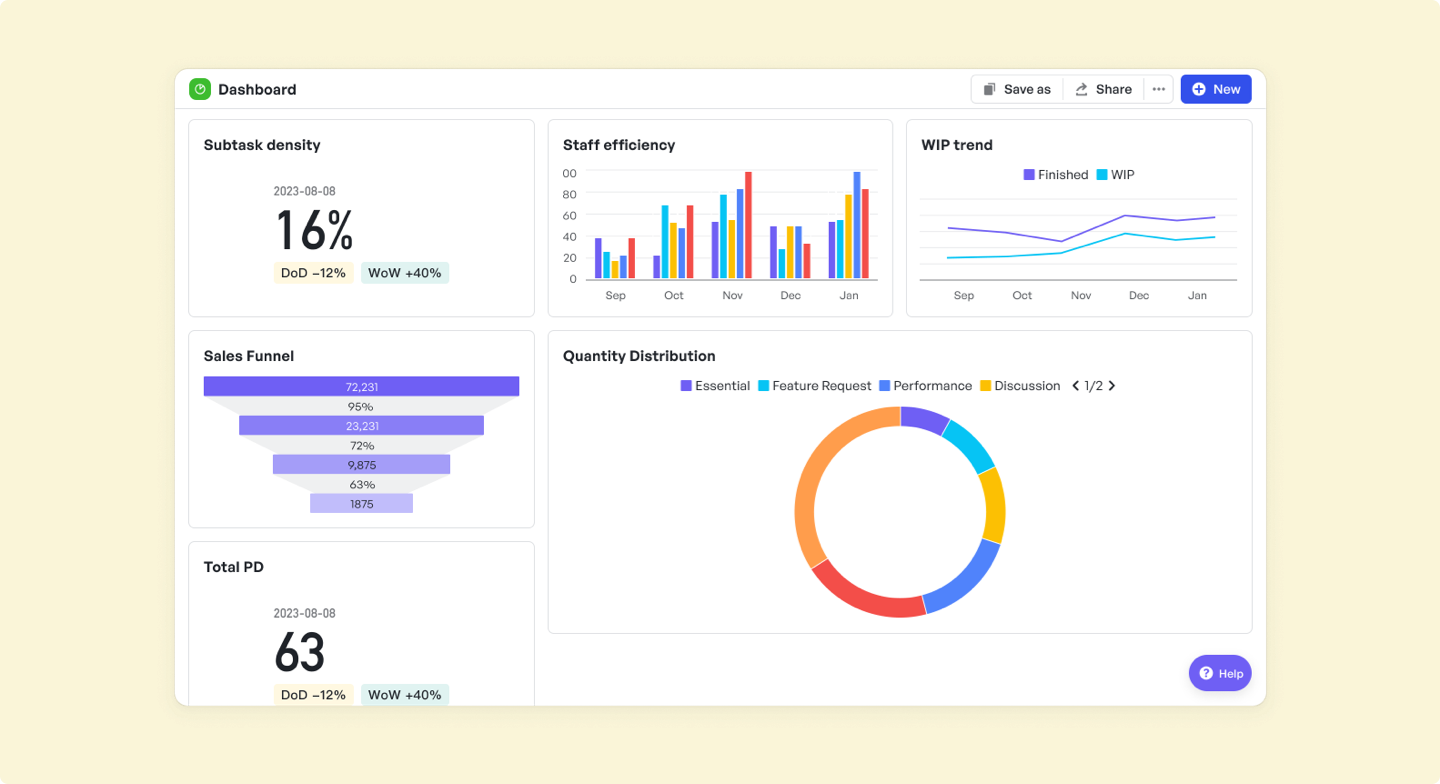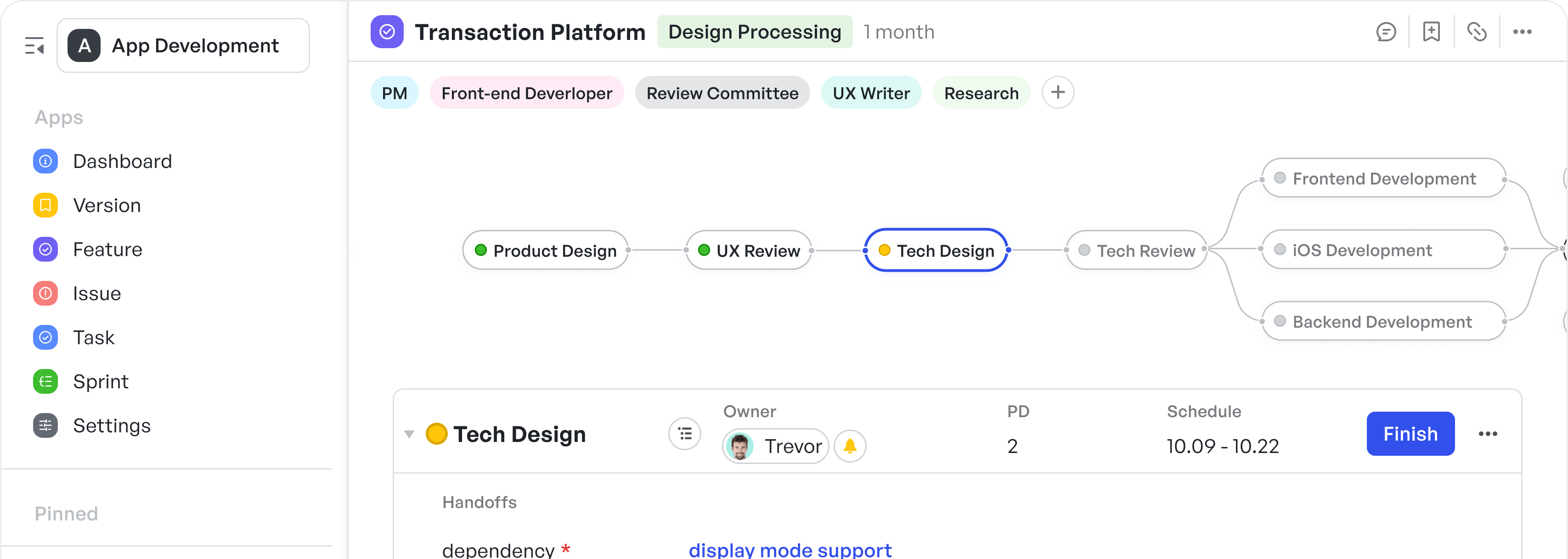Introduction
Risk management is a fundamental discipline in project management that focuses on identifying, assessing, and mitigating potential pitfalls that could jeopardize project success. A thoughtful approach to risk management can lead to clearer decision-making, better planning, and ultimately, a higher chance of project completion within scope, time, and budget constraints.
Part 1: Traditional Risk Management Methods
Identifying Risks
The first step in managing risks is identification. Techniques such as brainstorming, SWOT analysis, and Delphi technique engage project teams and stakeholders in outlining possible risks. Historical data and lessons learned can also provide insights into what may go awry.
- Expert Interviews: Engaging with subject matter experts who can provide insights into potential risks based on past experiences.
- Brainstorming Sessions: Collaborating with the project team to collectively identify risks that may impact the project.
- Delphi Technique: Seeking anonymous feedback from experts until there is a consensus on potential risks.
- SWOT Analysis: Evaluating the Strengths, Weaknesses, Opportunities, and Threats related to a project.
- Checklists: Using pre-developed lists based on historical data, which can prompt consideration of common risks.
Assessing Risks
Risk assessment utilizes methods like the Probability and Impact Matrix to determine the severity of the identified risks. This allows project managers to prioritize risks by their likelihood of occurring and their potential to affect project outcomes.
- Probability and Impact Matrix: This tool helps in categorizing risks based on their severity and chances of occurrence.
- Risk Register: This living document is crucial for keeping track of identified risks and their attributes.
- Qualitative Analysis: A method for prioritizing the impact of risks on project objectives using a scoring system.
- Quantitative Analysis: Applied to evaluate the numerical probability and consequence of risks, often using software tools.
Mitigating Risks
Once risks are prioritized, strategies such as avoidance, reduction, transfer, or acceptance are applied. These strategies form part of the Risk Management Plan, which outlines how identified risks are managed throughout the project's lifecycle.
- Avoidance: Changing plans to circumvent the risk.
- Transference: Shifting the risk to a third party, such as insurance.
- Mitigation: Reducing the probability or impact of the risk.
- Acceptance: Acknowledging the risk and preparing contingency plans.
Part 2: Using Meegle for Risk Management
Meegle is a project management tool that provides a suite of features to help manage risks effectively.
Risk Identification with Meegle
Brainstorming and Collaboration:
Meegle encourages collaboration among team members, which is valuable when it comes to identifying risks. Collaborative ticket editing and commenting are features that facilitate open communication and brainstorming sessions among team members irrespective of their location.
Meegle's comment feature enables basic real-time chat. You can @ your colleagues, insert a to-do list, add a code block, or use emojis.

250px|700px|reset
Risk Assessment on Meegle
Custom Fields and Analytics:
Within Meegle, project managers can create custom fields in task lists that can denote the probability and impact of risks. Analytics features can help visualize these risks, making it easier to assess and prioritize them based on the needs of the project. Analysis templates are ready-to-use.

250px|700px|reset
Risk Mitigation Strategies with Meegle
Task Management and Automation:
For mitigating risks, Meegle's task management system allows for the creation of mitigation tasks that can be assigned and tracked. Automation can be set up for reminders and follow-ups on high-priority risk mitigation measures.

250px|700px|reset
Ongoing Monitoring of Risks
Continuous Tracking and Adjustments:
Risk management is not a one-off task. With Meegle, project managers can continuously monitor risks and their statuses. Real-time updates and alerts help maintain vigilance over the risk landscape of the project, ensuring that the team can promptly respond to changes.

250px|700px|reset
Conclusion
Risk management is a strategic component of project management and utilizing a tool like Meegle can streamline the process. From identification to mitigation, Meegle's features support risk management efforts, facilitate teamwork and enhance decision-making processes. By leveraging the tool's capabilities, project teams can gain visibility into the risk profile of their projects and intervene proactively to keep the project trajectory aligned with its objectives.
